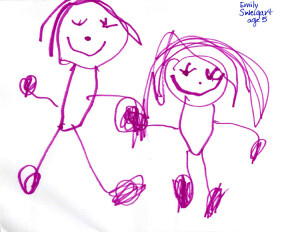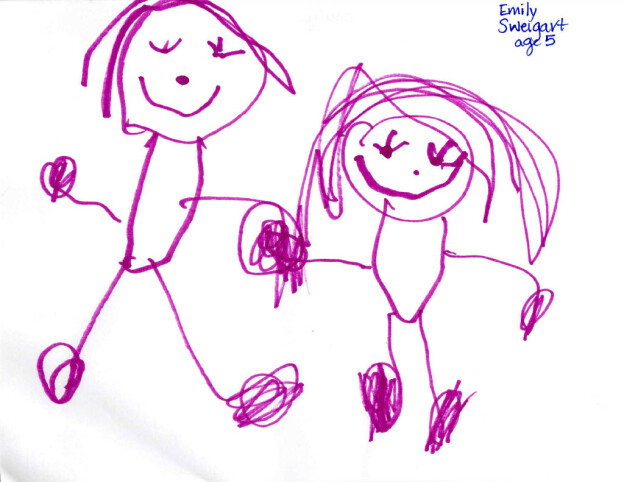Screens are a big part of modern life, from television to computers to phones to tablets. Every family must make decisions about how much time their children can or should spend in front of a screen. Like so many things, the right decision varies with the age of the child.
Does my child’s pediatrician have thoughts about how much screen time is too much for my young child? Actually, yes.
young child? Actually, yes.
The American Academy of Child and Adolescent Psychology has these recommendations for children aged 5 and under.
- “Until 18 months of age limit screen use to video chatting along with an adult (for example, with a parent who is out of town).
- Between 18 and 24 months screen time should be limited to watching educational programming with a caregiver.
- For children 2-5, limit non-educational screen time to about 1 hour per weekday and 3 hours on the weekend days.”
What we know about young children is that they need human interaction, face-to-face. Screens are not a substitute for that. We offer them no help, and may do them harm, if we teach them (even unintentionally) from an early age that screens are better than human contact. Age-appropriate games, singing and talking to and with your children, eye contact, reading to them daily—all these are more beneficial than setting them in front of a screen for hours at a time.
Remember that you are a far better teacher to your young children than any device can be. Educational programs aimed at very young children (under 18 months) are not helpful for the children to watch, because their brains can’t process the information. What you can do, though, is watch the program and mimic what the educator does as you interact with your child.
Here’s a quote from a pediatrician on the American Academy of Pediatrics website. You can read the entire blog here.
“A toddler learns a lot more from banging pans on the floor while you cook dinner than he does from watching a screen for the same amount of time, because every now and then the two of you look at each other.
Just having the TV on in the background, even if “no one is watching it,” is enough to delay language development. Normally a parent speaks about 940 words per hour when a toddler is around. With the television on, that number falls by 770! Fewer words means less learning.”
Your child learns more from you than you can imagine. Remember that as you consider screen exposure.

